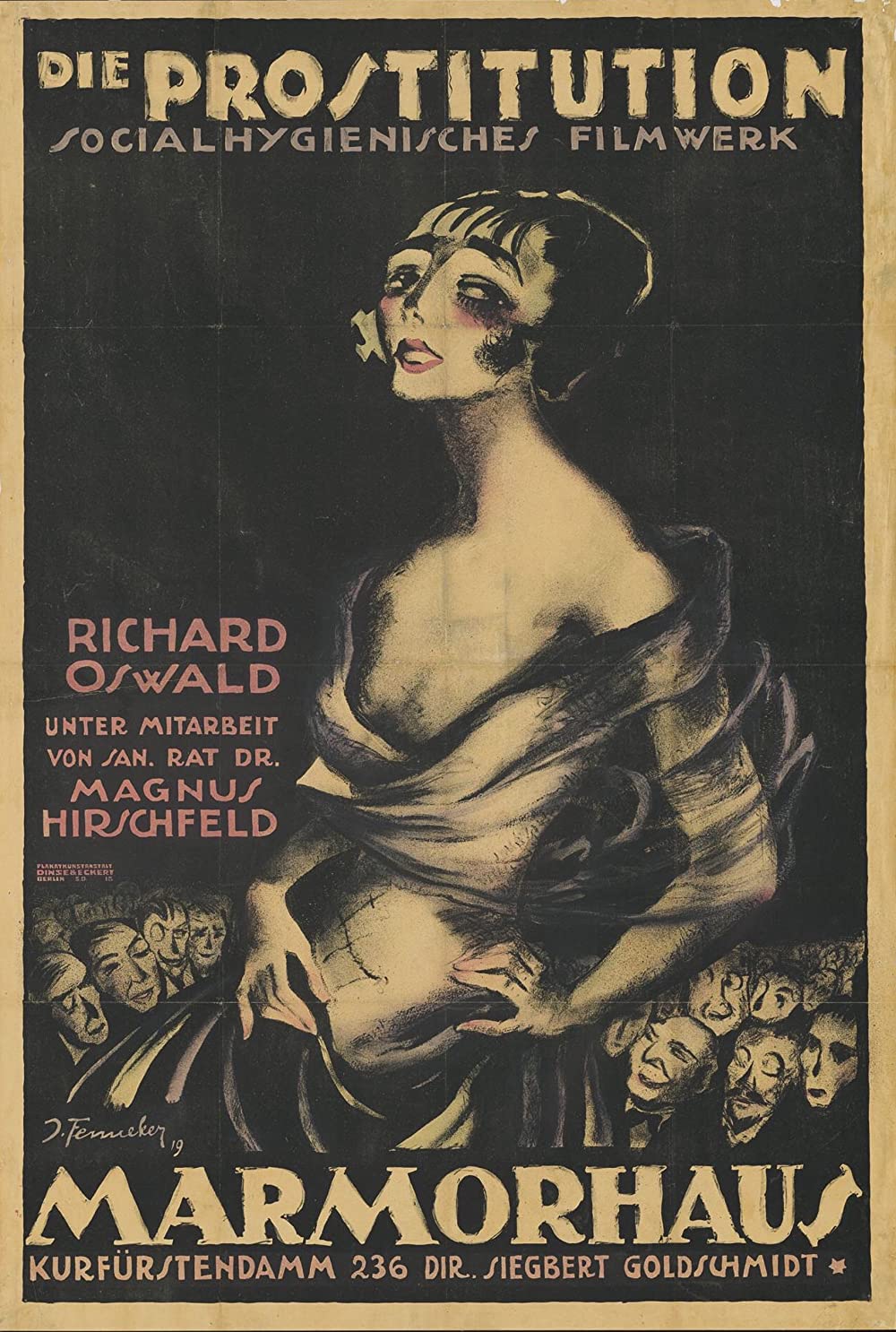Early home movies have a certain predictable quality. Their subjects wander around, pointing at things. They shoo the camera away with embarrassed grins, cluster together awkwardly, and casually chat up their side pieces in front of their spouses….
Wait, what now?
The visit between married artists Frida Kahlo and Diego Rivera and exiled Russian Communist leader Leon Trotsky and his wife Natalia Sedova appears both cordial and ordinary in American photographer Ivan Heisler’s footage, above.
The Trotskys took up residence in La Casa Azul, Kahlo’s family home in January 1937, after Rivera persuaded President Lázaro Cárdenas to offer them sanctuary in Mexico.
Shortly after arrival, Sedova wrote a letter to friends, speaking warmly of the hospitality she was receiving:
We were breathing purified air…A motorcar…carried us across the fields of palms and cacti to the suburbs of Mexico City; a blue house, a patio filled with plants, airy rooms, collections of Pre-Columbian art, paintings from all over: we were on a new planet, in Rivera’s house.
Heisler’s slice of life film would appear to be a continuation of this relaxed and happy vibe.
Trotsky pats Rivera on the back and converses animatedly with Kahlo, nearly 30 years his junior. The two women embrace and stroll arm in arm, as the men take interest in a cactus. Sedova seems delighted when Rivera kisses her hand. Then everyone stands around and looks at trees.
Gosh, isn’t it nice when all members of two couples get along so well?
Is it possible, though, that an extra couple was lurking in plain sight?
Shortly after meeting, Trotsky and Kahlo entered into a brief but passionate fling, exchanging sweet nothings in English, concealing love notes between the pages of books, and borrowing Kahlo’s sister Cristina’s house for trysts.
They called it quits in July of 1937, after Sedova caught on and issued her husband an ultimatum.
According to the Hoover Institution Library and Archives, Heisler’s film was shot in 1938.
So we will amend our statement to say, isn’t it nice when two couples get along so well, even after two of them were discovered to be cheating on their partners with each other?
Kahlo’s and Rivera’s extramarital dalliances are hardly news, of course.
Dangerous Minds suggests that part of what drew Kahlo to Trotsky was the opportunity to get back at Rivera for his affair with Cristina — the sister who volunteered her house as love nest.
And in Vanity Fair, Amy Fine Collins details how Rivera “boasted to anyone who would listen” about Kahlo’s same sex liasons, but was apoplectic over her entanglements with men, including sculptor Isamu Noguchi, photographer Nickolas Muray, and Trotsky’s secretary Jean van Heijenoort, witness to the blatant flirtation between the artist and his boss.
The romance with Trotsky “infuriated him most” Collins writes, adding that “long after Trotsky’s assassination, Kahlo delighted in driving Rivera into a rage by humiliating him with the memory of her affair with the great Communist.”
…kind of makes one wish this little film had sound.
The absence of audio is also lamented by viewers of this colorized assemblage of amateur footage starring Kahlo and Rivera.
Trotsky appears again at the 1:03 mark. Dare we describe him as looking smitten?
There’s some speculation that the young woman at 1:17 is musician Chavela Vargas, another of Kahlo’s lovers. In that same moment, Kahlo proves herself as in command of her cinematic image as she was in her self-portraits. She’s as self-possessed as a movie star throughout.
Which makes the early glimpse of her sketching en plein air in a fur coat and Western style hat, feet propped on a low wall, all the more disarming.
It’s rare to see Frida Kahlo caught off guard, or so she appears, smiling and gesturing offscreen toward the ostensible subject of her drawing.
Is there a lip reader in the house?
(Serious question.)
For good measure, here is even more footage — the Kahlo-Riveras at the Casa Azul, as captured by Kahlo’s lover Nickolas Muray, whose famous 1939 portrait of the artist in a magenta rebozo was declared “marvelous as a Piero della Francesca” by her husband.
“To me it is more than that,” Kahlo wrote to Muray:
It is a treasure, and besides, it will always remind me [of] that morning we had breakfast together.
Understandably, some viewers remain disappointed that the snippets of Kahlo on film lack sound, but surely the “voice” in which she wrote her many loves, Diego included, is far more expressive than any audio that a home movie might have captured.
Which is not to say we’ll never hear Frida. Above is a recording the National Sound Library of Mexico believes to be her, from a radio show aired the year after her death.
The title of the text from which she is heard reading?
Portrait of Diego.
Related Content
The Intimacy of Frida Kahlo’s Self-Portraits: A Video Essay
A Brief Animated Introduction to the Life and Work of Frida Kahlo
What the Iconic Painting The Two Fridas Actually Tells Us About Frida Kahlo
Take a Virtual Tour of Frida Kahlo’s Blue House Free Online
– Ayun Halliday is the Chief Primatologist of the East Village Inky zine and creator, most just lately, of Inventive, Not Well-known: The Small Potato Manifesto. Comply with her @AyunHalliday.






